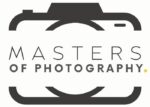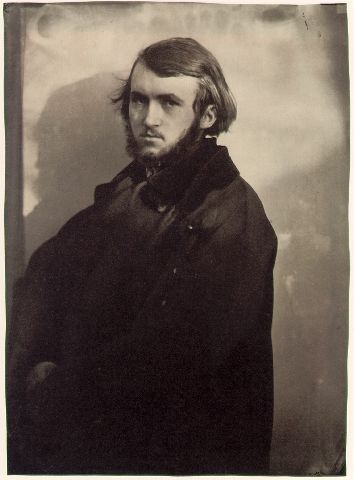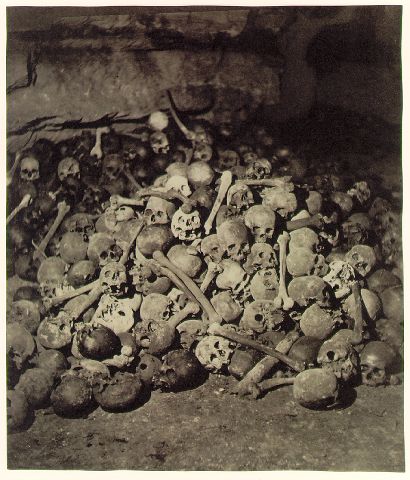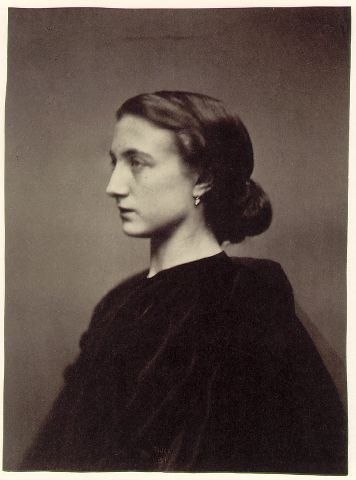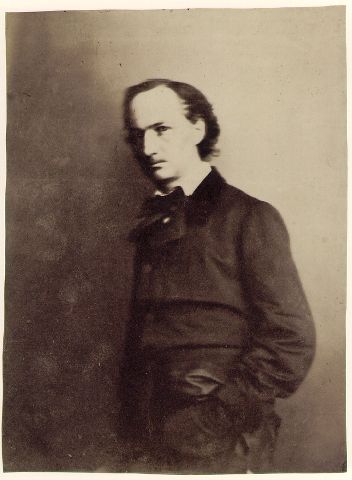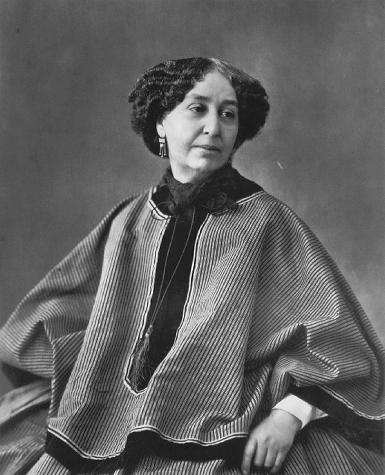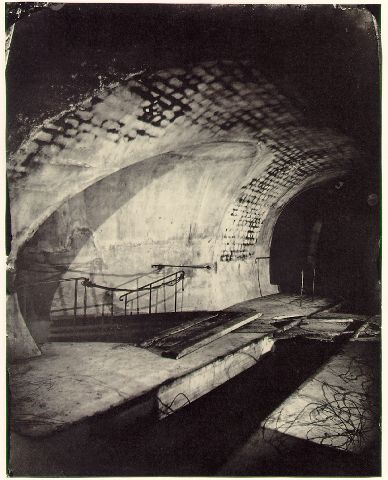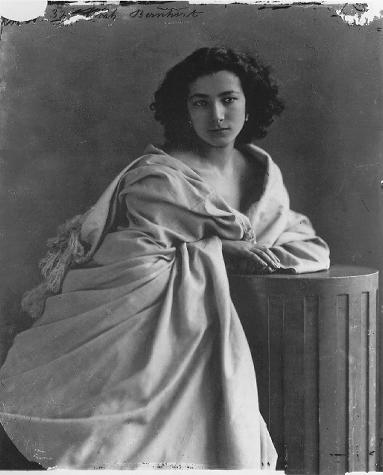Nadar was a 19th-century French photographer, journalist, caricaturist, and inventor. He is best known for his masterful photographic portraits, which are still considered some of the best of the time. In addition to photography, Nadar was always eager to explore new innovations and experiment with lighting and film in various settings.
One of Nadar’s most groundbreaking achievements was becoming the first person to take aerial photographs in 1858. This was an incredible feat at the time, as it required not only a keen understanding of photography but also a willingness to take incredible risks by flying high above the ground without any safety measures.
Aside from his work as a photographer and innovator, Nadar was also known for his flamboyant personality and eccentric behavior. He entertained society with stunts such as having dinner parties inside balloons that he launched into the sky or having himself photographed in various humorous poses.
Nadar leaves behind a legacy as both an artist and innovator who experimented with new techniques and pushed boundaries in photography. His contributions have had a lasting impact on the field even today.
